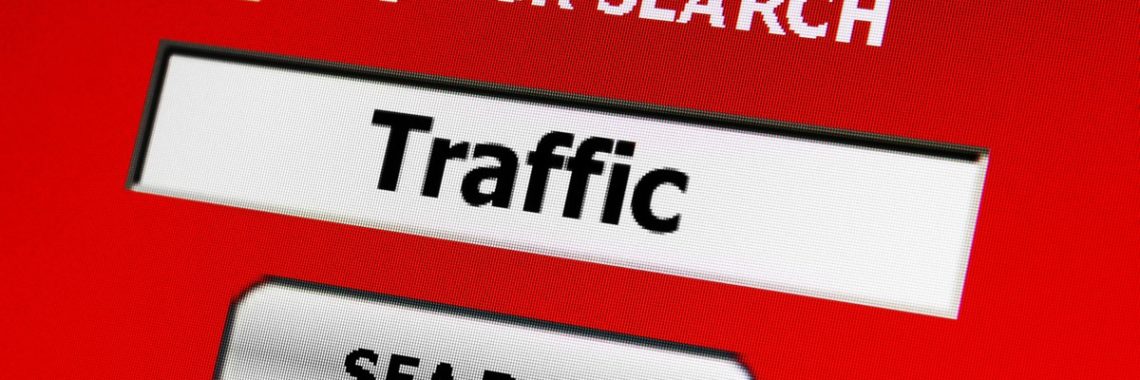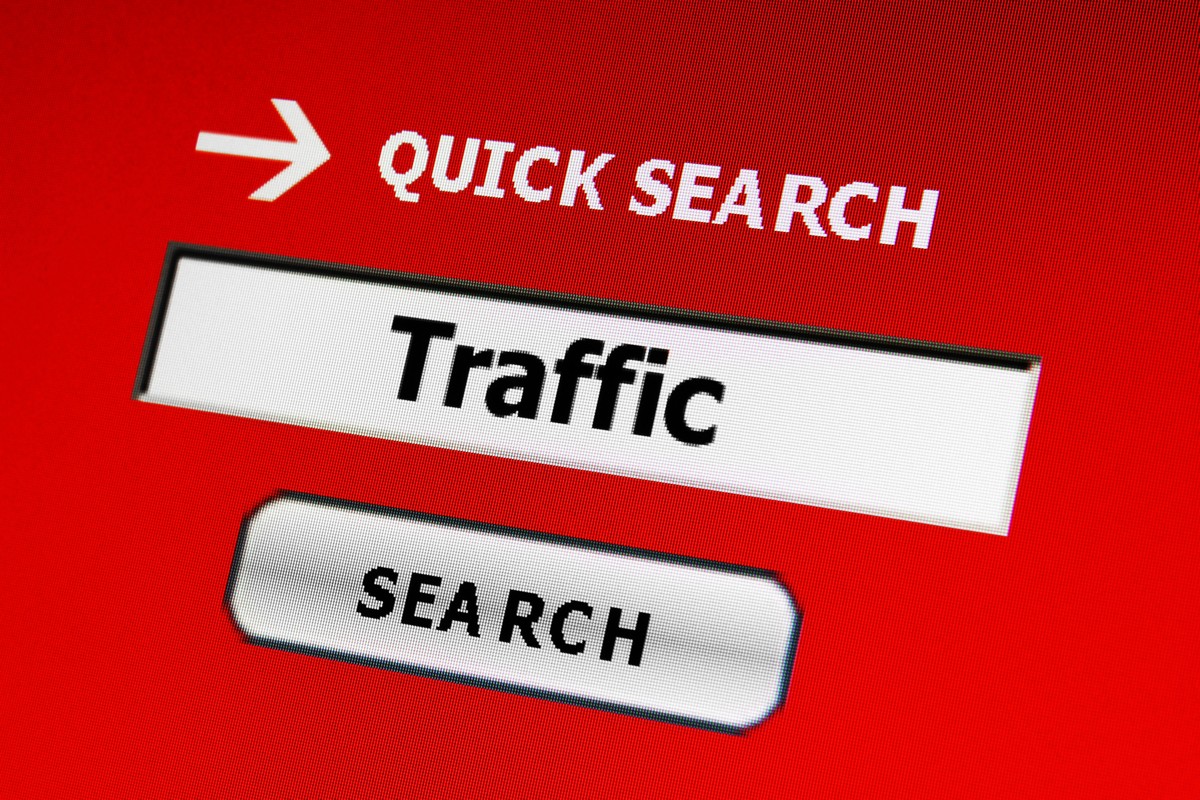Brand Checkup: Relevance and Intuitiveness

Today we’re discussing how to evaluate your brand’s online presence and optimize its performance. We’ll look at content relevance and site intuitiveness.
Test: Does your home page attempt too much?
The more you have to say, the more focused you should be. Ever visited a site and wondered where to start? Visit any global brand Website, such as Disney.com or Nokia.com, and you’ll discover it is hard to find what you’re looking for. These companies try to say everything to everyone at the same time. Each topic must fight for attention and for space on the home page.
Saying everything to everyone, not to mention squeezing it all onto the home page, is impossible. Branding is about establishing relevance. The more relevant your brand is to the consumer, the more likely that consumer is to purchase your brand.
Structure content in such a way that your message appears only when it’s relevant. How? Forget about an internal site search engine. Instead, establish microsites, each representing essential offerings from your company.
Imagine you’re an insurance company that offers everything from old-age and life insurance to property, car, and boat insurance, travel coverage… you name it. Instead of displaying all those policies at once, spread the information around. Establish a site that focuses 100 percent on old-age insurance, linking to your corporate site as well, of course. Establish another that focuses entirely on property insurance. Each site should be optimized for search engines, ensuring it appears when a user types the site’s subject as a key phrase (e.g., “property insurance”). A company that claims expertise in everything garners less credibility than a company that offers niche expertise.
Test: Is your brand intuitive?
Like me, I’ll bet you’ve purchased a video recorder and found the instruction manual heavier than the appliance. Most probably, the VCR can do amazing things. But the manual’s so indigestible, you use only the simplest of functions — the intuitive ones.
Brand building, online and off-, is much more than ensuring logo visibility. Branding must be intuitive. It should require no instruction manual, lengthy description, or oracular guidelines. Ask yourself what a typical first-time user would want to know. What would a second-time user be after? The needs are bound to be vastly different. Brand usability is essential.
Experience clearly shows customers who have difficulty finding what they’re looking for on a site cultivate a diminished opinion of the brand. Analyze the type of information each consumer is most likely to be after, right this very minute, and structure that information in such way that navigating through it is intuitive.
Relevance and intuitiveness are essential parts of a healthy online brand’s life. Did you pass this week’s brand health check? If you did, stay tuned for next week’s installment. At this rate, your site is elevating closer to brand heaven. Are you nearly there?



